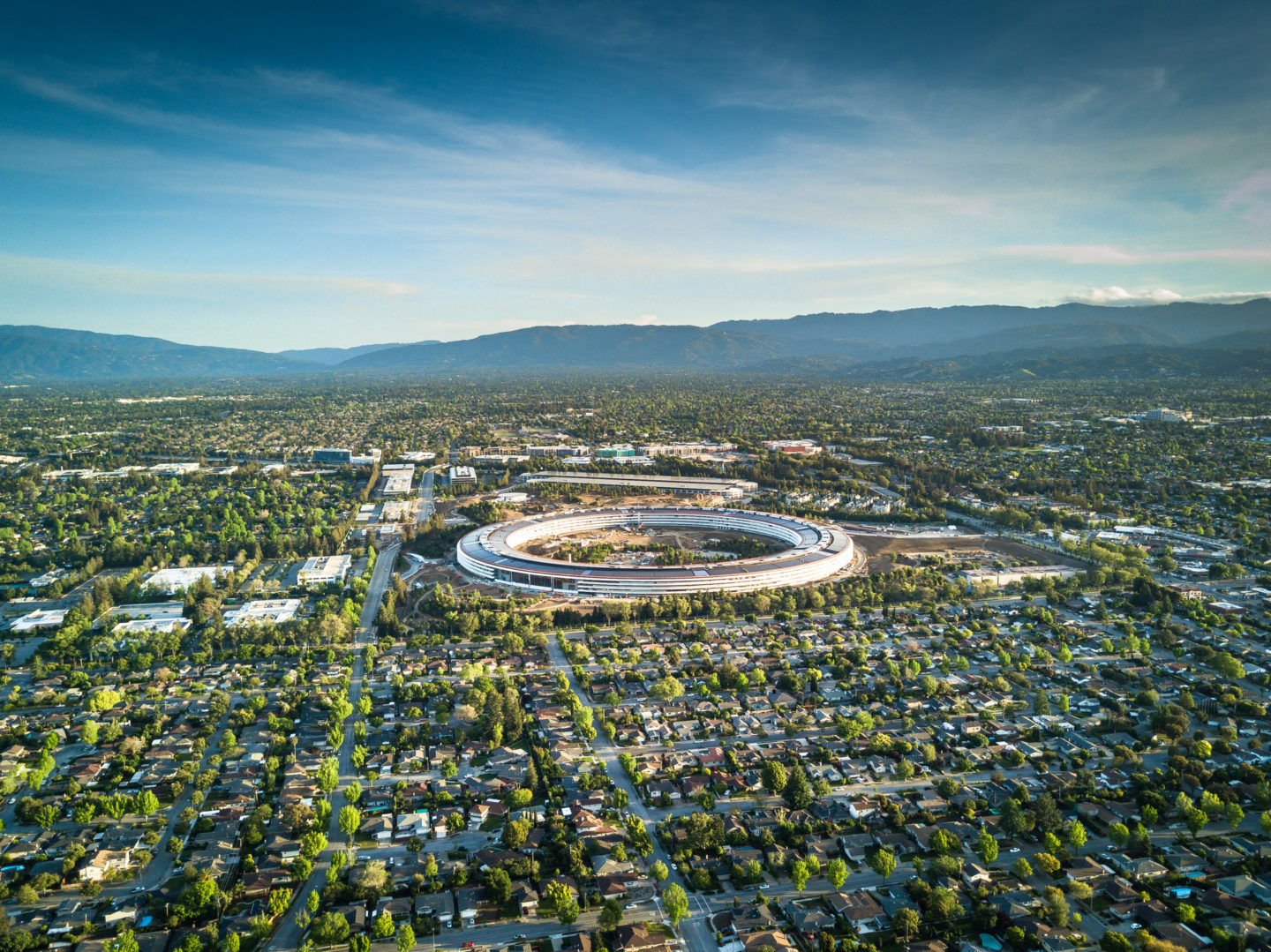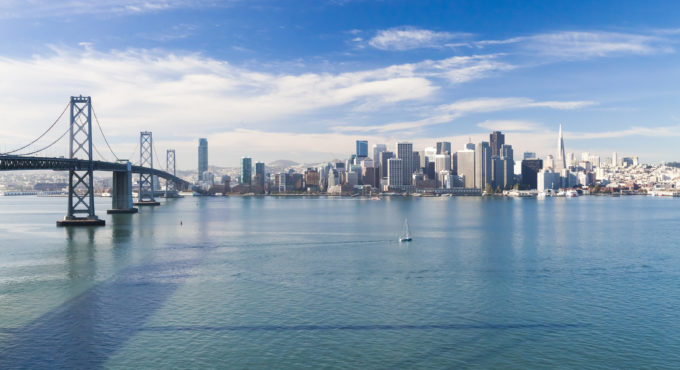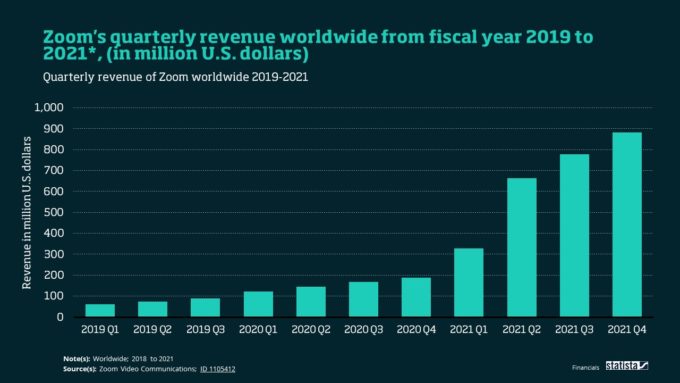
Carbon accounting: learnings from the governance journey
How companies understand their sustainability-related governance may hold the key to meeting climate goals and thriving in a net-zero economy ...

by Jim Pulcrano, Jung Eung Park, Benoit F. Leleux Published 27 October 2021 in Supply chain • 5 min read
COVID-19 has altered the way teams are managed and businesses run. Many such changes will outlast more minor adjustments to the new, post-pandemic, normal. Supply chains will become more resilient and less vulnerable to closed borders; staff will require more flexible working hours and locations, along with safer conditions; travel and office space will be reviewed. And everyone will reassess their attitude to human contact.
Working with change is, of course, a fact of life in business. But some regions and sectors have accepted the new reality more completely than others. Silicon Valley was born and has flourished on an intensely entrepreneurial culture of taking risks and accepting failure. Locals are prepared to work on ideas with limited prospects, in the hope of a bonanza if successful. The same attitude has been demonstrated in dealing with COVID-19, and may apply just as well to pandemics, natural catastrophes or as yet unforeseen cataclysms to come.
The approach may be instructive far further afield. Today, 19 months into the pandemic, Silicon Valley is working at full speed. Many people are still working from home, and may continue to do so twice a week, but the creation of new businesses, and investing, are booming. As much money was invested in the first half of this year as almost all 2020. Some people have left the region, but property prices continue to be high, so it appears that many still believe that this is the place to be.

Many Bay Area entrepreneurs portray the pandemic as incomparably worse than any previous crisis. Even the global financial meltdown of 2007-8 was to some extent limited to the financial sector, whereas COVID-19 has been omnipresent, especially in travel, tourism, and entertainment.
The judgements reported here stem from responses from 119 entrepreneurs, investors and executives of big companies in Silicon Valley between April and May 2020, during the first COVID-19 lockdown, when the pandemic was still perceived as new. The changes have happened quite as experts expected earlier. While the pandemic is not perceived as new anymore, it remains highly instructive to see how entrepreneurs reacted to the outbreak.
While replies differed widely, common themes emerged. All stressed that times were tough, but most expressed cautious optimism about the future. That is partly because the Bay Area was less touched by the pandemic compared with other parts of the US,. Moreover, the severity of the situation was quickly understood. “This is a place that understands the concept and danger of exponential growth”, noted one respondent.
Locals acknowledged their relative safety and defence from the most acute disruption. Silicon Valley companies are old hands at digital transformation. Most underwent the change years ago, and many were born digital. So working from home, to take one example, was no revolution. If anything, respondents lauded the advantage of no longer wasting time commuting and the greater sense of agency that came with people and companies deciding more for themselves.
Admittedly, virtually all local employers suffered big falls in sales. But start-ups and early stage companies generally rely on funding from investors, rather than sales, offering some protection at the outset. Moreover, instability is the name of their game here. Creating a business involves overcoming obstacles by pivoting business models dynamically to catch opportunities. Emotional volatility is a fact of life: many Valley entrepreneurs have already experienced at least one existential corporate crisis. COVID-19 has been just one more.
Furthermore, many local entrepreneurs have seen a silver lining in the disruption. A start-up must be agile to compete against incumbents with stronger market positions. That means seeing – and ideally anticipating – the new needs of customers. When the pandemic hit the Valley, local entrepreneurs quickly created dozens of new products and business models.
“Good technologies, great teams, continue to attract funding”, noted on local venture capitalist.

Darwinian laws apply as much to Silicon Valley as to the natural world. Many respondents regarded the pandemic almost akin to natural culling, contributing to trimming fat, busting hype bubbles and boosting those best able to adapt to survive. Underperforming companies reliant on debt and sustained by ultra-low interest rates and tech investment hype were unlikely to survive. Remember, previous crises, like the dot.com bust at the turn of the century or the financial crisis almost a decade later did not prevent the emergence of great new companies, including now household names such as Slack, WhatsApp, Mailchimp, Groupon, Pinterest, Square, Airbnb, Instagram, Uber, Cloudera, and Venmo.
One key to survival – or success – has been the ability of Silicon Valley’s champs to predict a new normal in any given sector. That requires identifying a customer’s needs, and anticipating their future requirements, whether in terms of product or form of delivery. Accepting the changes, and asking what are the second and third-order consequences, reveal opportunities potentially hidden to les localised others. In the case of the pandemic, such ideas included, for example, offering employees working from home a single source for all their supplies. Once customers come to recognise and appreciate such innovations, it is hard to turn the clock back. Just take Zoom, for example.
Silicon Valley has undoubtedly enjoyed an ability to ‘shelter in privilege’ during the pandemic. But such qualities – some element of protection from the broader world, a focus on oneself (while being always positioned to embrace change in products or services to catch the next wave) – are valuable attributes for all. Silicon’s Valley’s survival – even regeneration – offers an insight into the attitudes suitable to all businesses during periods of unprecedented turmoil.
This article is based on research by Jim Pulcrano, Jung Eung Park and Benoit F. Leleux first published as “Sheltering-in-privilege: Silicon Valley,” in Journal of the International Council for Small Business, June 2021, vol. 2, issue 3, pp. 260-266, https://doi.org/10.1080/26437015.2021.1929568.

Adjunct Professor of Entrepreneurship and Management
Jim Pulcrano is an IMD Adjunct Professor of Entrepreneurship and Management. His current projects include teaching in Lausanne, London and Silicon Valley, research on disruption, and various strategy, networking, customer-centricity, and innovation mandates with multinationals in Europe, Asia, and the US.
Associate professor at ISG Paris
Jung Eung Park is associate professor of Entrepreneurship and Innovation at ISG (Institut Superieur de Gestion) Paris. Prior to that he worked for five years at IMD as a Research fellow for Entrepreneurship, Innovation, Data Analytics, and FB Governance.

Benoît Leleux is the Stephan Schmidheiny Professor of Entrepreneurship and Finance at IMD. He is Co-Director of Foundations for business leaders program and Program Director of Winning Sustainability Strategies program.

16 November 2023 • by Ralf W. Seifert, Richard Markoff, Alexander Schmidt in Supply chain
How companies understand their sustainability-related governance may hold the key to meeting climate goals and thriving in a net-zero economy ...

14 November 2023 in Supply chain
Henrik Andersen discusses with IMD President Jean-François Manzoni the challenges of navigating supply chain disruptions and soaring raw material costs over the past three years, and why he changed the wind farm...

7 November 2023 • by Mark J. Greeven, Patrick Reinmoeller in Supply chain
Li Shufu, CEO and founder of Chinese carmaker Geely, overcame a host of setbacks to become the billionaire owner of a multi-faceted business ...

4 October 2023 • by Carlos Cordon in Supply chain
De-risking strategies, sustainability considerations, and geopolitical awareness will play pivotal roles in reshaping how businesses operate in the years to come....
Explore first person business intelligence from top minds curated for a global executive audience